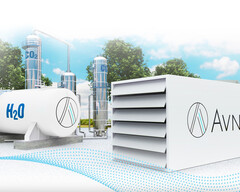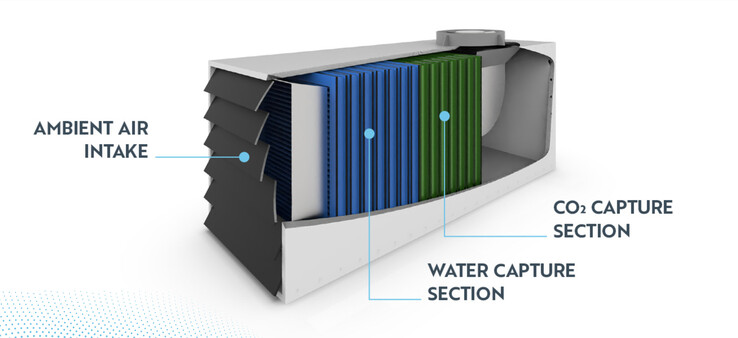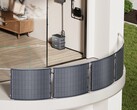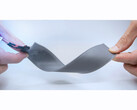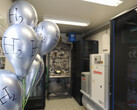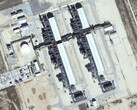Avnos is developing a machine to fight climate change. It eliminates both CO₂ and water, and aims to counteract the escalating drought in some regions of the planet. The start-up has received approximately 92 million US dollars from diverse sources for developing the novel technology. This includes 12 million dollars funded by the Department of Energy, and additional investment from ConocoPhillips, Shell, and JetBlue Ventures.
The procedure comprises of air passing through a desiccant to eliminate water. The now dehumidified air then proceeds through an adsorbent to capture CO₂. Water and carbon dioxide can subsequently be separated and collected. An amount ranging between 5 to 10 tonnes of water is reclaimed simultaneously every time a tonne of CO₂ is captured from the atmosphere. The reclaimed water can be sold to local communities or businesses, which can use it to produce eco-friendly fuel.
CO₂ capture demands significant amounts of energy
Conventional carbon dioxide capture processes are expensive and energy-intensive. Chemical solvents, essential to separate CO₂ from air, need a large amount of heat. In contrast, the startup relies on physical solvents that react to moisture and do not require that much heat, says Pete McGrail, a lab technician at Pacific Northwest National Laboratory (PNNL) and an advisor to Avnos.
There’s actually a dirty little secret in that they [DAC systems] consume energy, of course. But those technologies also consume a lot of water as part of the process.
- Pete McGrail
Avnos also applies a 'moisture swing' process, where the heat generated on one side of the machine is used to heat the other side. This eliminates the need for external heat sources and saves even more energy. Other scientists are inquiring about this procedure, and its advantages are delineated in a newly published research by Northwestern University.
Although currently in its early stages of development, this technology has the potential to emerge as a valuable tool in tackling climate change. It is anticipated that the company will be able to capture 500,000 tonnes of CO₂ annually by 2028, costing USD 240 per tonne. Avnos aims to reduce the cost to USD 100 per tonne by the early 2030s.
Making carbon capture economically feasible on a large scale is considered a crucial goal by many industry experts to combat climate change. Avnos intends to accomplish this objective through partnerships with other companies and organizations, in an effort to achieve economies of scale.


